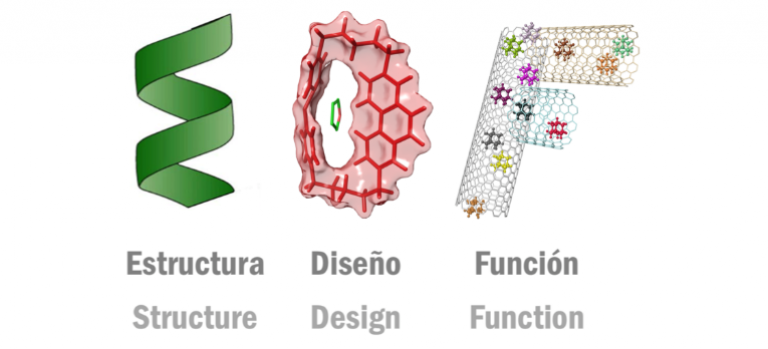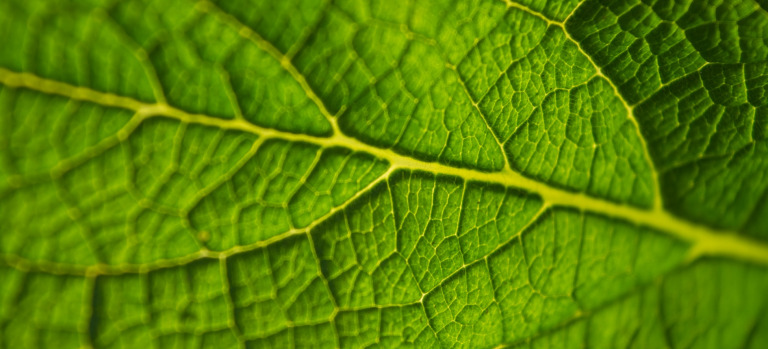Natural Products Chemistry and Biotechnology
Our scientific interest focuses mainly on the biotechnology and chemistry of natural products, with interdisciplinary research in which we value the chemical-biological diversity of plant species and endophyte microorganisms.
The Natural Products Chemistry and Biotechnology group profile page on Digital.CSIC.
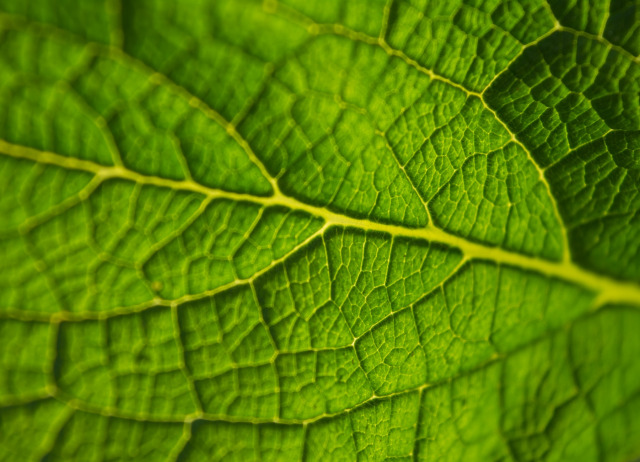
Presentation
With this approach we apply biotechnological techniques to the production of natural substances with pesticide activity and of pharmacological interest. Most of our activity is carried out with plant species endemic to the Canary Islands and protected species of Mediterranean flora.
Research lines
Sustainable production of natural products in in vitro plant tissue culture and genetically induced roots
Phytochemical and chemotoxonomic study of the Canary Islands biodiversity
PhD & MSc. Thesis
Bioprospección de hongos endófitos de Neochamaelea pulverulenta para el control de plagas agrícolas
Potencial biocatalítico de hongos endófitos para producir nuevos derivados del compuesto mayoritario de Ferula linkii
TFG: Diversidad y distribución de hongos endófitos de Plocama pendula Ait
Valorización y producción biotecnológica de biocidas a partir de dos especies de Artemisia (A. americana y A. assoana)
Estudio de la diversidad endofítica de Persea indica y de su potencial bioplaguicida
TFG: Diversidad y distribución de hongos endófitos en endemismos canarios
Producción y obtimización de bioplaguicidas de Artemisia absinthium y Lavandula luisieri
TFG: Biodiversidad de hongos endófitos de especies vegetales y potencial bioplaguicida
Compuestos bioactivos de especies del género Senecio (Asteraceae). Estudio de la relación estructura -actividad
TFG: Biotransformación, aislamiento e identificación de terpenos
Procesos biotecnológicos y fitoquímicos de plaguicidas botánicos
TFG: Biotransformaciones
MASTER: Hongos endófitos como precursores de biodiesel
Transformaciones químicas y microbiológicas de diterpenos
MASTER: Procesos Biotecnológicos en obtención de bioplaguicidas botánicos y fúngicos
Agentes antiparasitarios de plantas de la Amazonia Peruana empleadas en medicina tradicional
MASTER: Alcaloides pirrolizidínicos de senecios endémicos del Perú
DEA: Estudio fitoquímico de Pericallis equinata. Evaluaciòn preliminar de su actividad bioplaguicida
Estudio fitoquímico de raíces transformadas de endemismos canarios
Nuevos agentes de control parasitario y vectorial
Funding

Nuevos Bio-Productos: Identificación, Producción y Aplicación en Protección Vegetal
Azucena González Coloma (ICA-CSIC) y Carmen Elisa Díaz Hernández
En Ejecución
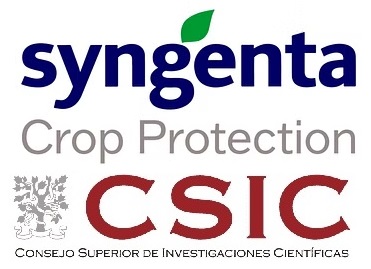
Screennig of pre-selected botanical extracts for their potential to be developed into bio-nematicides and bio-insecticides
Research Services Agreement between Syngenta Crop Protection AG and Agencia Estatal Consejo Superior de Investigaciones Científicas M.P. (ICA/IPNA-CSIC).
Azucena González Coloma (ICA - CSIC) y Carmen Elisa Díaz Hernández (IPNA - CSIC).
En Ejecución
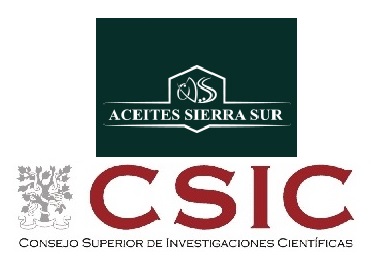
Valorización del alpeorujo micorremediado como biofertilizante y bioplaguicida
Contrato de I+D entre la empresa ACEITES SIERRA SUR S.A. y el Consejo Superior de Investigaciones Científicas.
Azucena González Coloma (ICA - CSIC)
Finalizado
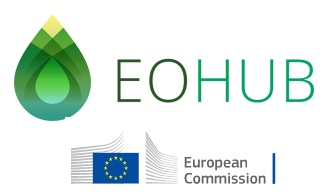
European hub on new challenges in the field of essential oils (EOHUB)
EOHUB tiene como objetivo aumentar la capacidad de las instituciones de educación superior y las empresas para integrar los resultados de la investigación y la práctica innovadora en la oferta…
Azucena González Coloma (ICA - CSIC)
Finalizado

Los extractos de hongos endófitos como base para el desarrollo de productos nematicidas altamente efectivos (exnema)
Contrato de I+D entre la empresa AGROTECNOLOGÍA S.L. y la Agencia Estatal Consejo Superior de Investigaciones Científicas.
Carmen Elisa Díaz Hernández y Azucena González Coloma.
Finalizado
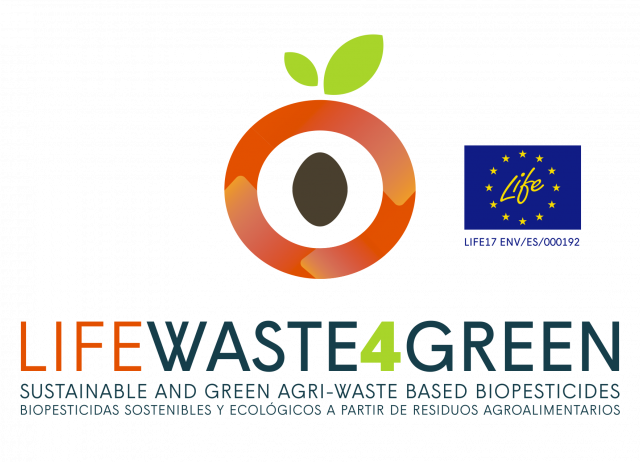
Sustainable and green agri-waste based biopesticides
El objetivo principal de WASTE4GREEN es mitigar los efectos adversos sobre el Medio Ambiente y la Salud Humana de los pesticidas de origen químico que se utilizan…
Azucena González Coloma (ICA - CSIC)
En Ejecución
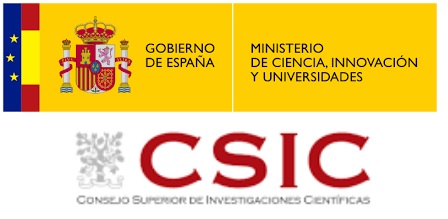
Valorización de residuos agroforestales colombianos: una herramienta de formación en biocontrol y economía circular
Azucena González Coloma (ICA - CSIC)
Finalizado
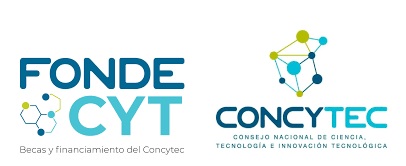
Bioplaguicidas naturales basados en aceites esenciales de Piperaceas: una alternativa para el control de plagas en cultivos agrícolas
Las plagas agrícolas y las malas hierbas son causas importantes en la pérdida de cultivos agrícolas y forestales. Siendo las plagas de larvas de insectos de lepidópteros las más voraces, y por lo…
Liliana Ruiz Vásquez (UNAP)
Finalizado

Estudio biodirigido de dos extractos microbianos
Contrato de I+D del Proyecto CDTI “Estudio biodirigido de dos extractos microbianos” concedido a la empresa ARVENSIS AGRO S.A.
Carmen Elisa Díaz Hernández y Azucena González Coloma
Finalizado

Desarrollo de prototipo de acaricida/insecticida basado en extractos optimizados de rizoma de Cari para plagas de importancia nacional, latinoamericana y europea
Azucena González Coloma (ICA - CSIC)
Finalizado

Biocontrol E-training project (BET)
El objetivo del proyecto BET es crear una nueva herramienta de formación a distancia de biocontrol dirigida a un público amplio de formadores (organizaciones de formación, Universidades, Escuelas…
Azucena González Coloma (ICA - CSIC)
Finalizado

Desarrollo de bioplaguicidas mediante tecnologías químicas y biotecnológicas
Finalizado
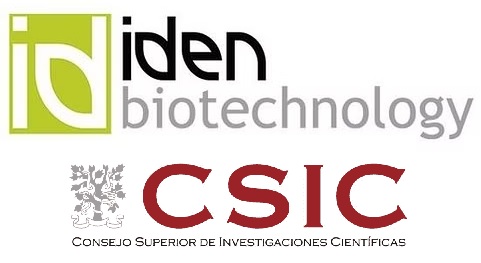
Estudio Biodirigido de tres Extractos
Contrato de investigación y desarrollo entre la empresa IDEN BIOTECHNOLOGY y la Agencia Estatal Consejo Superior de Investigaciones Científicas.
Azucena González Coloma (ICA - CSIC)
Finalizado

Desarrollo de prototipos (insecticida y herbicida) de origen botánico de plantas peruanas para el control de plagas de importancia en agricultura
Azucena González Coloma
Finalizado
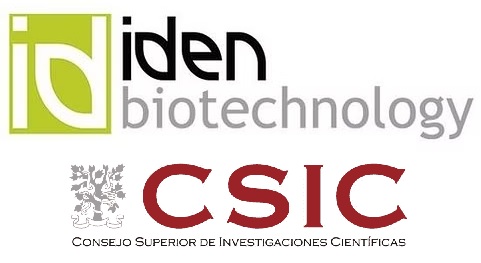
Estudio Biodirigido de Extractos
Contrato de investigación y desarrollo entre la empresa IDEN BIOTECHNOLOGY y la Agencia Estatal Consejo Superior de Investigaciones Científicas.
Azucena González Coloma (ICA - CSIC)
Finalizado

Estudio de compuestos bioactivos de origen botánico que puedan ser utilizados como bioplaguicidas
Contrato de Apoyo Tecnológico INTEROC S.A.
Azucena González Coloma (ICA - CSIC)
Finalizado

Optimización y preescalado del hongo YCC-4
Contrato de investigación y desarrollo entre la empresa AGROCODE BIOSCIENCE S.L. y la Agencia Estatal Consejo Superior de Investigaciones Científicas.
Finalizado

Development of fungal biopesticides from endophytes isolated from medicinal plants
Azucena González Coloma
Nutan Kaushik (The Energy and Resources Institute - TERI)
Finalizado

Producción biotecnológica de bioplaguicidas: optimización y formulación mediante procesos químicos y tecnologías de fluidos supercríticos
Azucena González Coloma
Finalizado

Bioplaguicidas: Producción y optimización mediante procesos químicos y biotecnológicos
Azucena González Coloma
Finalizado

Bioprospección de hongos endófitos de plantas medicinales para la producción de bioplaguicidas
Azucena González Coloma
Nutan Kaushik (The Energy and Resources Institute - TERI)
Finalizado

Pesquisa de Novos Agroquímicos Naturais para o Controlo de Pragas
Azucena González Coloma
Cristina Moiteiro (Instituto Nacional de Engenharia, Tecnologia e Inovação - INETI)
Finalizado

Interactions of phytochemicals with taste and feeding of insects
Azucena González Coloma (ICA/CSIC)
Frédéric Marion-Poll (INRA)
Finalizado
People
Publications
Chemical composition and biological effects of essential oils from Artemisia absinthium L. cultivated under different environmental conditions
The objective of this study was the valorization of the essential oils from Spanish Artemisia absinthium domesticated plants from Teruel and Sierra Nevada (Spain). These populations were experimentally cultivated in the field and under controlled conditions. The insect antifeedant properties of their essential oils collected yearly from two locations were tested against Spodoptera littoralis, Myzus persicae and Rhopalosiphum padi. Additionally we studied their phytotoxic, antifungal and antiparasitic effects. The oils from cultivated A. absinthium were characterized by the presence of cis-epoxyocimene, chrysanthenol, and chrysanthenyl acetate. The variations observed in oil composition were mostly quantitative but also qualitative. (Z)-2,6-Dimethyl-5,7-octadien-2,3-diol has been isolated and identified by NMR. Among the oil samples, these rich in cis-epoxyocimene and sesquiterpenes were the most active ones against S. littoralis. (Z)-2,6-Dimethyl-5,7-octadien-2,3-diol showed moderate activity against S. littoralis. The strongest antifeedant effects were found for commercial A. absinthium oil samples rich in thujones and sabinyl acetate. F. oxysporum and F. solani were affected by oils from cultivated A. absinthium and commercial oil samples. Oils from cultivated A. absinthium showed antiparasitic effects against Leishmania infantum and Trypanosoma cruzi with better results than the commercial
Bailén, María; Julio, Luis F.; Díaz, Carmen E.; Sanz Perucha, Jesús; Martínez-Díaz, Rafael A.; Cabrera, Raimundo; Burillo Alquézar, Jesús; González-Coloma, Azucena
Major components of Spanish cultivated Artemisia absinthium populations: Antifeedant, antiparasitic, and antioxidant effects
The objective of this study was the valorization of Spanish Artemisia absinthium populations from Teruel (Aragón) and Sierra Nevada (Granada). These populations were experimentally cultivated in the field and under controlled conditions. Three major components were isolated from a two year-old population obtained from the Teruel population cultivated in Ejea-Zaragoza in 2003, and identified by NMR experiments as the sequiterpene lactone hydroxypelenolide (I) and the flavones artemetin (II) and casticin (III). The I–III content of the plant extracts was analyzed by HPLC-DAD. The insect antifeedant properties of plant extracts from different years and crops were tested against Spodoptera littoralis, Myzus persicae and Rhopalosiphum padi. Additionally we studied their antioxidant, phytotoxic and antiparasitic effects.
Gonzalez-Coloma, Azucena; Bailen, Maria; Diaz, Carmen E.; Fraga, Braulio M.; Martínez-Díaz, Rafael; Zuñiga, Gustavo E.; Contreras, Rodrigo A.; Cabrera, Raimundo; Burillo, Jesus
Supercritical CO2 extraction of Persea indica: Effect of extraction parameters, modelling and bioactivity of its extracts
The objective of the work was to optimize the extraction of Persea indica L. bioactive compounds by means of supercritical fluid extraction (SFE) and analyze their insecticidal effects. P. indica L. is one of the dominant species of the Canarian laurel forest, a relict of the Tertiary flora. Different extraction conditions (pressure, plant material particle size, temperature, CO2 flow) and the influence of entrainer were tested and the evolution of the extracted compounds was screened by HPLC–MS. A comparison with conventional techniques such as hydrodistillation (HD) or organic solvent extraction (OSE) was also presented. Particularly, four CO2 densities ranging from 628.61 kg/m3 to 839.81 kg/m3 were studied in the range of 10.0–20.0 MPa and 40–50 °C. The extracts contained insecticidal ryanodanes of great interest, previously described as insecticidal components of P. indica. The insecticidal antifeedant activity of selected extracts was inspected. A model based on mass transfer equations, the Sovová model, was successfully applied to correlate the experimental data.
Martín, L; González-Coloma, A.; Díaz, C. E.; Mainara, A. M.; Urieta, J. S.
Nematicidal activity of the hydrolate byproduct from the semi industrial vapor pressure extraction of domesticated Artemisia absinthium against Meloidogyne javanica
The objective of this study was the characterization of nematicidal activity and valorization of hydrolate obtained as a byproduct of the semi industrial vapor-pressure essential oil extraction of a domesticated Artemisia absinthium population (Teruel, Spain), in comparison with a population (Sierra Nevada, Spain) undergoing the domestication process. Hydrolates from three crops of these two populations showed strong in vitro nematicidal effects against the root knot nematode Meloidogyne javanica and similar chemical profiles. The hydrolate of the A. absinthium population from Teruel strongly suppressed nematode egg hatching (>95%) after 5 days of incubation. In vivo tests on tomato seedlings showed a significant reduction in the of root penetration rate of M. javanica J2 treated with a hydrolate sublethal concentration (33%). In pot experiments, the hydrolate of A. absinthium tested on tomato plants significantly affected the nematode population, the infection frequency and the reproduction rate. The extraction of the organic fraction of the hydrolate gave a nematicidal extract and an inactive aqueous residue. The chemical profile of the active organic extract showed the presence of (5Z)-2,6-dimethylocta-5,7-diene-2,3-diol, previously described in the hydrodistilled essential oil of this A. absinthium population, among other compounds. This study demonstrates that the organic fraction of the A. absinthium hydrolate is a potential root-nematode control agent. Therefore, the hydrolate byproduct of the semi industrial vapor-pressure essential oil extraction could be a source of new nematicidal products.
Julio, Luis F.; González-Coloma, Azucena; Burillo Alquézar, Jesús; Díaz, Carmen E.; Andrés, Mª Fé
Biocidal effects of Piper hispidinervum (Piperaceae) essential oil and synergism among its main components
In this study we evaluated the effect of a pressure gradient (1–2 atm) in the extraction and composition of the essential oil (EO) of Piper hispidinervum by steam distillation. We also evaluated the insect antifeedant effects (Spodoptera littoralis, Leptinotarsa decemlineata, Myzus persicae and Rhopalosiphum padi) and nematicidal activity (Meloidogyne javanica) of the oils, their major components and their synergistic interactions. Safrole was the major component (78–81%) followed by terpinolene (5–9%). The EOs tested were effective insect antifeedants. Safrole, explained most of the insect antifeedant action of P. hispidinervum EOs. When safrole and terpinolene were tested in binary combinations, low ratios of safrole improved the antifeedant effects of terpinolene. P. hispidinervum EOs caused higher mortality of M. javanica juveniles than their major components. In binary combinations, low ratios of terpinolene increased the nematicidal effects of safrole. The EO treatment strongly suppressed nematode egg hatching and juvenile infectivity. P. hispidinervum EOs affected the germination of S. lycopersicum and L. sativa mostly at 24 h of treatment, being L. sativa the most sensitive. Safrole moderately affected germination and root growth of L. sativa, S. lycopersicum and L. perenne. Terpinolene only affected S. lycopersicum root growth.
Andrés, Mª Fé; Rossa, G. E.; Cassel, E.; Vargas, R. M. F.; Santana, O.; Díaz, Carmen E.; González-Coloma, Azucena
Chemical and biocidal characterization of two cultivated Artemisia absinthium populations with different domestication levels
The objective of this study was the characterization and valorization of the essential oil from a domesticated Artemisia absinthium population (Teruel, Spain), and its comparison with another one (Sierra Nevada, Spain) undergoing the domestication process. These populations are being experimentally cultivated in the same field since 2008. We studied their biomass and essential oil production (Clevenger hydrodistillation, HD and semi-industrial vapor-pressure, VP). The domesticated population showed lower chemical variation and higher biomass and essential oil yields, allowing for the registration of a new plant variety. The observed variations in oil composition (HD, VP) between the two populations were mostly quantitative. The oils were characterized by the presence of cis-epoxyocimene, (-)-. cis-chrysanthenol, chrysanthenyl acetate, linalool and trans-caryophyllene. The insect antifeedant (. Leptinotarsa decemlineata, Spodoptera littoralis, Myzus persicae and Rhopalosiphum padi) and antifungal (. Fusarium spp. and Botrytis cinerea) effects of their oils were also tested. All VP extracts showed strong antifungal effects and the active antifungal compounds have been identified.
Julio, Luis F.; Burillo Alquézar, Jesús; Giménez, C.; Cabrera, Raimundo; Díaz, Carmen E.; Sanz Perucha, Jesús; González-Coloma, Azucena
Collaborations
Ricardo Guillermo Álvarez
Departamento de Química Orgánica
Universidad de La Laguna
E-mail: riguial [at] ull.es
Carmen Elisa Díaz Hernández

Contact information
News/Blog
- 19 January 2021
- 20 December 2018
- 20 September 2018
Other research groups

